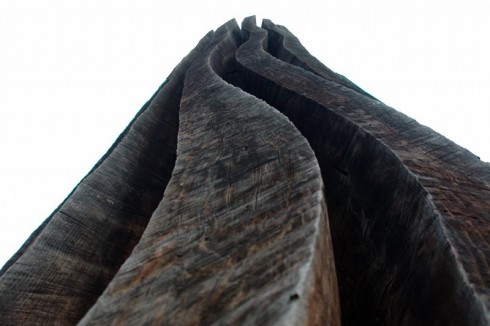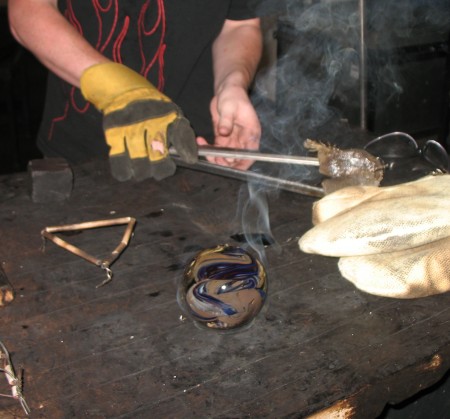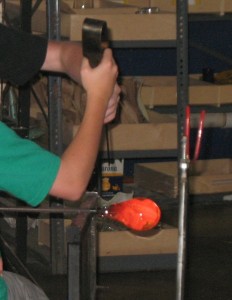
“It’s one of the places I’m most proud to bring people when they visit St. Louis,” commented (more or less) one of the other faculty on our field trip to the Laumeier Sculpture Park. My hope was that this trip, combined with our visit to the Leonardo Da Vinci Exhibition, would be a nice way to demonstrate that the distance between art and science isn’t so large after all.

I required all of my students (physics and middle school science) to identify their favorite piece and sketch it. We’ll be covering forces, balance and mechanics in the coming quarter, making this part of the spark-the-imagination part of the lesson.
Also, detailed sketches are not easy. An accurate drawing requires a lot more careful observation than even taking a picture. By trying it themselves they’d get a much greater appreciation of Da Vinci.
The large pieces are quite impressive. The brightly painted metal tank combination at the top of this post just towers over everything. However, one of the neatest was carved out of one enormous piece of wood. It’s made to emulate the distinctive, ridged bark of the cottonwood tree. The artist accentuates the ridges and valleys quite elegantly, making a wonderfully warm and organic abstraction.

There’s also an indoor museum (which was closed while we were there), and, apparently, pieces are added and taken away so the park is worth revisiting. The only problem is that you’re not allowed to climb on the sculptures. This is a quite understandable precaution to protect the pieces, but, as some of the students observed, the sculptures “invite” you into and onto them. It’s a stark contrast to the St. Louis City Muesum, which is designed specifically to be played on.




